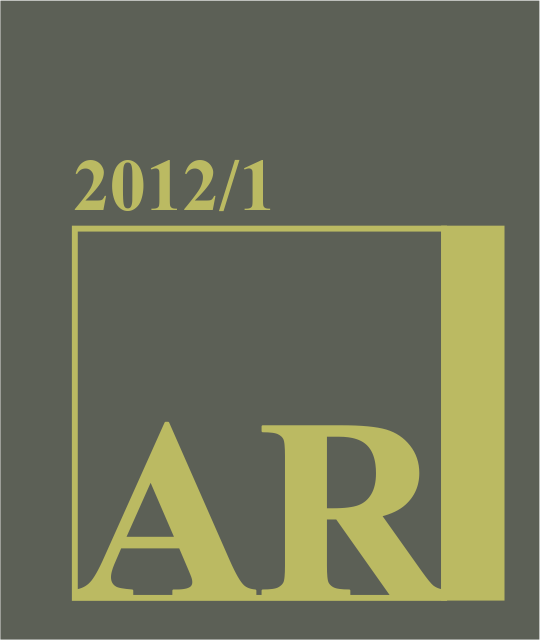Turizem in poselitveni vzorci na podeželju na primeru razvoja posleitve v Slovenskih Alpah
Tourism and settlement patterns in rural countryside in case of the settlement development in the Slovenian Alps
Author(s): Gašper Mrak, Alenka Fikfak, Alma Zavodnik LamovšekSubject(s): Cultural Essay, Political Essay, Societal Essay
Published by: Fakulteta za arhitekturo, Univerza v Ljubljani
Keywords: sustainable tourism development; ecotourism; Alps; Slovenia; dispersed settlement patterns; dispersed hotel; best practices examples
Summary/Abstract: Tourism is a form of the biggest peaceful migrations of people and at the same time a way of life, which affects their understanding and experiences about their journeys [Kovač, 2002: 4]. It is related with the consummation of goods and services, which are unnecessary in their essence. In recent years an increasingly frequent tourist trend has developed, the desire and demand for untouched nature, cultural, historical and archaeological attractiveness, first hand experiences of practices and traditions of local communities, recreation and healthy living, etc. The purpose of the article is to show an overview of the development and modern forms of tourism in the rural area and the main direction for the development of ecotourism. We examined the Alpine region as a special case, which, owing to its characteristics, is a particularly suitable area for the development of such forms of tourism. A conscious conversion of abandoned dwellings and cheese dairies in to tourist accommodation facilities or apartments, supplied or unsupplied shelters is a way of keeping them alive. They could be used either as starting points for hiking or climbing tours into the mountains or as shelters during bad weather. With this in mind an idea of a dispersed hotel emerges. The main purpose of such a hotel is to unite the characteristics of the area with the local community with their activities. For the tourist this would mean a brand new and interesting experience. We therefore conclude that the dispersed hotel is an innovative form of hospitality that promotes sustainable development, provides the possibility and the opportunity for balancing the use of local resources and tourist potential.
Journal: AR Arhitektura, raziskave
- Issue Year: 2012
- Issue No: 1
- Page Range: 32-41
- Page Count: 10
- Language: Slovenian

